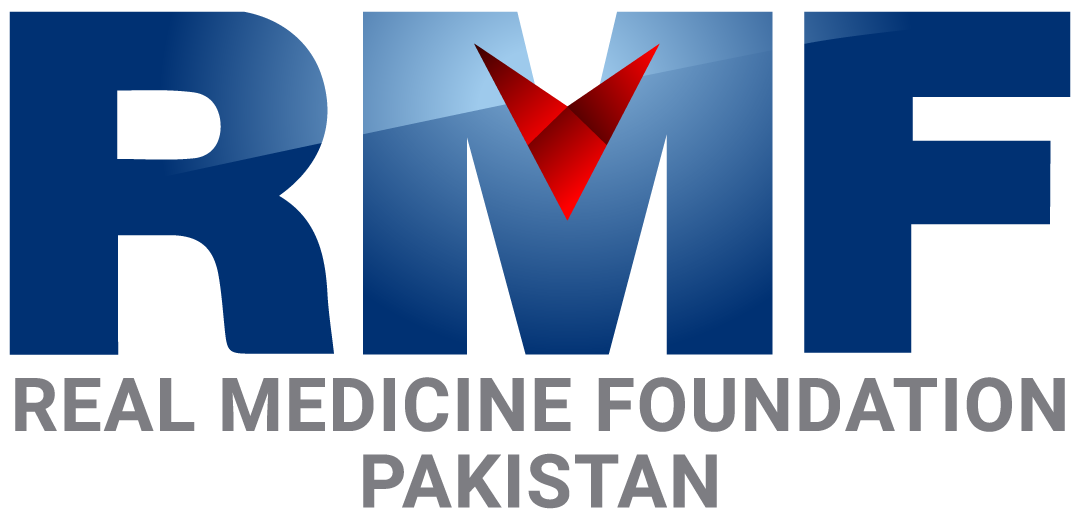- Home
- About Us
- Our Work
- Initiatives
- Disaster Relief
- Hospital and Clinic Projects & Support
- Education & School Support
- Refugee Support
- Healthcare Education & Outreach
- Healthcare Capacity Building & Health Systems Strengthening
- Mobile Clinic Outreach
- Economic Stability & Livelihood
- Community Support
- Psychological Trauma Support
- Health Research
- News & Updates
- Get Involved

REPORTS & PHOTOS
Summary
On October 8, 2005, South Asia was hit by one of the most catastrophic earthquakes in the last 25 years, surpassed only by the devastation of the 2004 Asian tsunami and the 1991 Bangladesh cyclone. The 7.6 magnitude quake killed more than 74,000 and left 3 million people homeless in the treacherous Himalayan terrain. More than 76,000 people were injured, with various forms of crush injuries, including head and spinal cord trauma. The World Health Organization has reported 667 survivors sought medical care for spinal cord injuries.
The majority of the survivors from the Pakistan earthquake are young women and children. They have become paralyzed from their neck (quadriparesis) or waist (paraparesis) down, often with lifelong bladder and bowel dysfunction that requires repeated catheterization and other medical care. In addition, many of them have lost members of their family and their homes and are still lying in shelters and tents with surviving family, in extremely sub-optimal living conditions. These shelters are scattered throughout the valleys and remote mountains of the Western Himalayas, in many cases, located far away from even basic health units, and only accessible by jeep and a hard mountain trek. A visit by an SCI patient to a health facility usually requires two or three people willing and available to carry the SCI patient to the nearest dirt road from his or her shelter, and then, the resources to pay for a rental jeep, in which he or she must make a journey a few hours long before being evaluated at a poorly equipped rural health unit. Better facilities in distant cities are either too far away or unaffordable for most patients.
Balakot Rehab Centre was one of the locations initially planned by Pakistan Institute of Prosthetic & Orthotic Sciences (PIPOS) to provide orthotic and physiotherapy services to this area. The centre started in May 2006 in a tent and later shifted to a prefabricated building. The services were planned for one year and were supposed to relocate to the PIPOS Rehab centre at DHQ hospital, Mansehra. However during its 1st year performance it was realized that the need was different and more serious than was initially planned. After assessing the ground realities, PIPOS initiated discussions with stakeholders interested in serving spinal cord injured persons (SCIP), leading to a collaboration with Direct Relief International and SCIPPER (Real Medicine Foundation) in California, and Murshid Hospital & Health Care Centre (MHHCC), CHAL Network, supported by Armed Forces Institute of Rehabilitative Medicine (AFIRM). DRI & SCIPPER through RMF contributed $50,000 & $10,000 respectively, securing funding for about under two years was assured. Balakot Rehab Centre is now an active referral Rehab centre for Spinal Cord Injury Persons of the area who survived.
